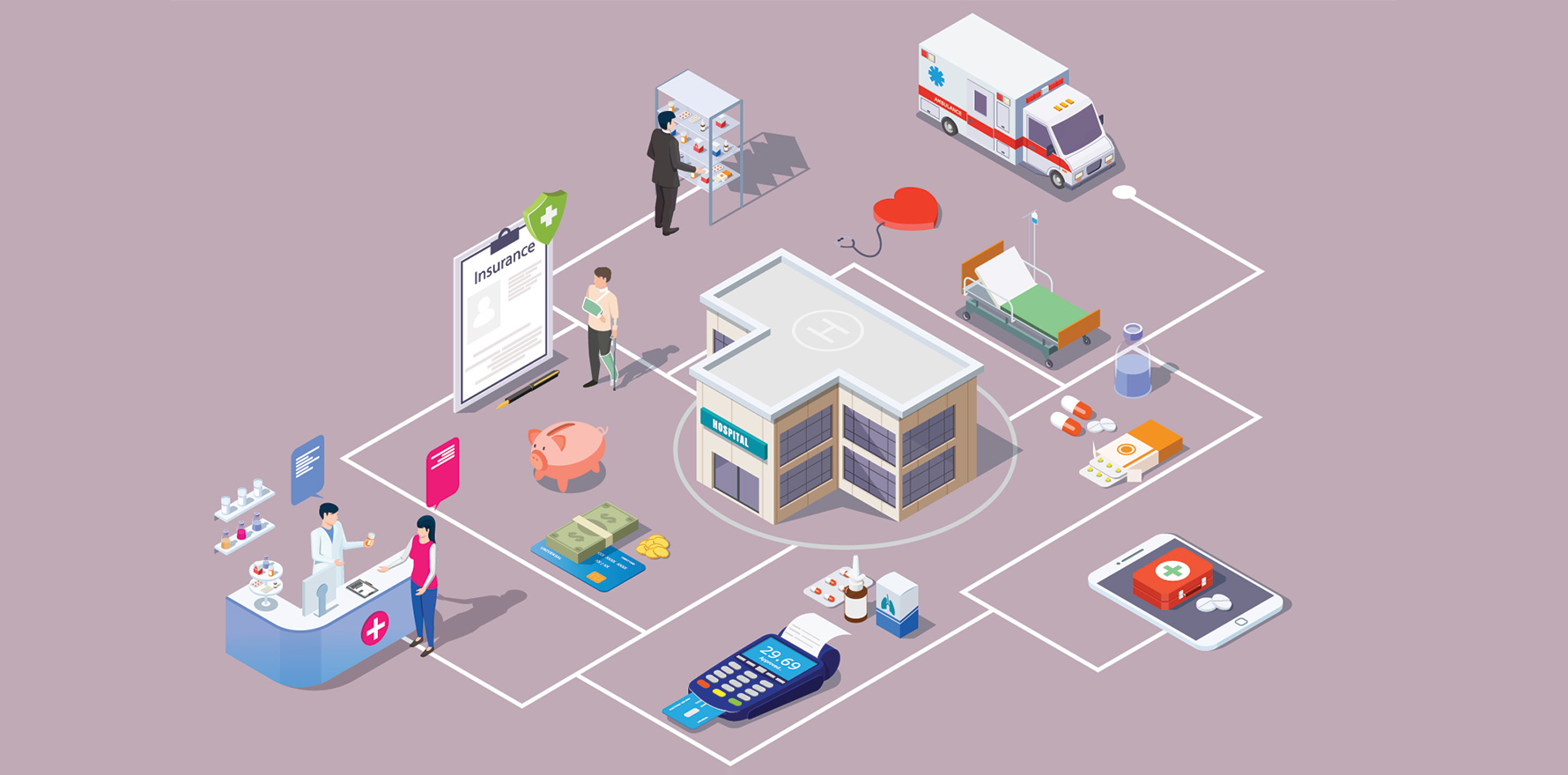Being stuck in hospital for a few days could be instructional for anyone involved in digital transformation of healthcare.
Colour me weird, but I enjoy staying in hospital. Not the painful bits, to be clear, but the bits where I get to watch quietly in my role as an invisible patient as the complex systems move around me.
I am strongly of the belief that it wouldn’t do software vendors, policymakers, digital health innovators and health systems “experts” any harm at all to spend a day or two lying in a hospital bed watching the world go by and being acted upon by the incredible systems engineering that makes a hospital tick.
I was in Healthscope’s Brisbane Private Hospital on Monday and Tuesday for some planned minor elective surgery. It was my third stay in BPH and each one has, generally, been excellent.
Pre-admission is done online and makes the actual admission process quick and simple – boxes already ticked, medication list online, private health insurance excess pre-paid – done, take a seat, the nurse will be with you shortly. Excellent.
BPH has a nice patient tracking app. Scan the QR code and your family member can track your progression through pre-op, operation, recovery and movement to a ward or ICU.
That system fell apart somewhat on Monday because the admission desk had run out of the paper cards with the QR code on them, so my partner couldn’t track me.
Where I was, in the pre-op reception area, there were cards aplenty, but I’d left my phone with my partner, so it did us no good at all. My bad.
The nurse who took me through the pre-op process had my paper-based patient file, including my previous two visits, but not the updated admission files I’d done online the previous week. So we had to update manually my medication list, height, weight, diabetes status, etc. Not a computer, tablet or smartphone in sight (NACTOSIS) for that process.
ECG done, tick. Then the pharmacist came, with a different file, also not updated with the pre-admission stuff done online the previous week. Again, we had to update manually – NACTOSIS.
Then to the pre-op holding room where I shared space with the little kids and their accompanying parents, in for their grommets. Bless.
The anaesthetist turned up, with her assistant. Despite her being my anaesthetist for my previous related procedure, and despite me updating my details with her office online the previous week, she had a fat paper file with an out-of-date medication list, which, for third time that morning, I updated with her manually. NACTOSIS. Also missing was the all-important consent form, done online by me the previous week.
I watched as the nurses went through their early medication check. All paper-based in a big book. There were hooks with laminated check lists everywhere.
Surgeon turned up. Quick discussion about what she was going to do. We added in an extra thing, so she had to go find a paper consent form for us to fill in to cover that contingency.
Surgery went just fine. Got moved to the ward, my partner found me, but my luggage didn’t. Despite a perfect patient-tracking app, apparently the same can’t be done for luggage. That took another three hours. (It had been sent to ICU, my original planned destination).
NACTOSIS in every case.
The lunch lady turned up, wanting to pick up my paper-based order for lunch, which of course I hadn’t filled in because I’d only just arrived. NACTOSIS again – no patient-tracking app for her.
Once my luggage turned up all went fine from then on. Excellent nursing care – thank you Lok et al. Discharge was the usual chaos, however. I asked my nurse if my GP would be sent the discharge summary of which he handed me a copy.
Uh, no, he said, but I was welcome to give it to them. Uh-huh.
My discharge was delayed because the act of getting an order for Panadol and Tramadol from the ward to the hospital pharmacist two storeys down took … three hours. In the end, given the surgeon had ticked all the boxes, we walked down to the pharmacist to collect it ourselves.
Only half the forms had turned up, so the pharmacist decided it was quicker for her to walk up to the ward and collect the other half herself. While she was making the trip in the elevator, the piece of paper arrived. Again … well I wouldn’t want to repeat myself.
Patients, of course, are not invisible in hospital. Not all the time, and never when it’s important. But there are moments when you can see that so much of what hospital staff do is not about patient care. It’s about patient safety, yes, definitely. But so – SO – much of it is about greasing the administrative wheels.
And so much of that could be made light years easier.
My nurse in recovery said it best – thanks Jess, excellent care, by the way.
“It’s about us getting our heads around it,” she said. “I like my paper-based records. I can see what I need straight away. But we have to learn to use the new technologies.”
Getting the software and the infrastructure right is one thing – getting the culture right is a whole other ball of wax, and it is one the UX experts need to be focusing on.
Patients are SO ready for digital transformation of healthcare. It’s the frontline workers who need to be brought along for the ride. That doesn’t mean I think they’re incapable of it. It just means the time and investment needs to be put in to give them the opportunity to embrace it, with a practical evidence base showing them how it works, why it works and why it will make things better for their patients and themselves.


